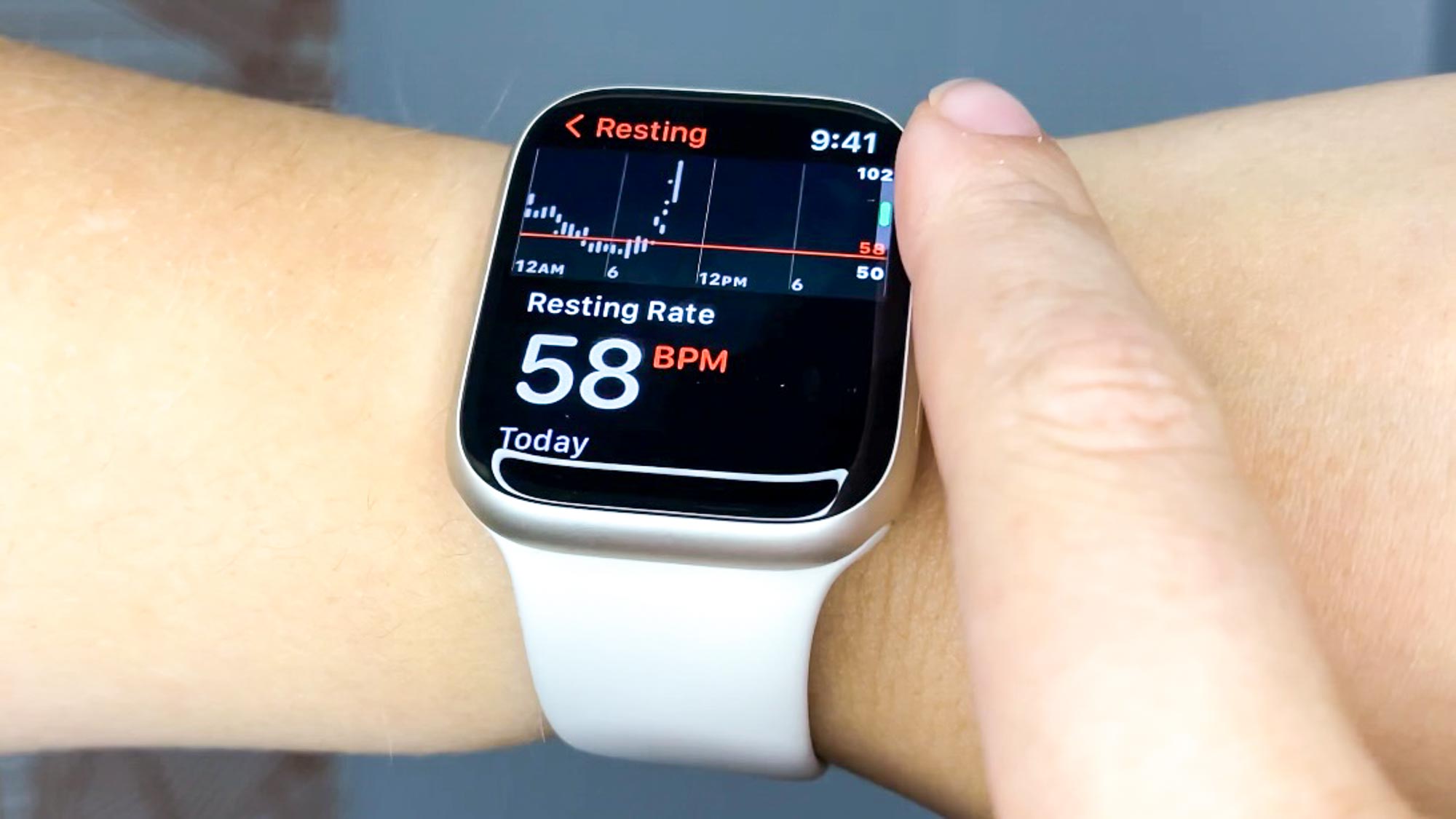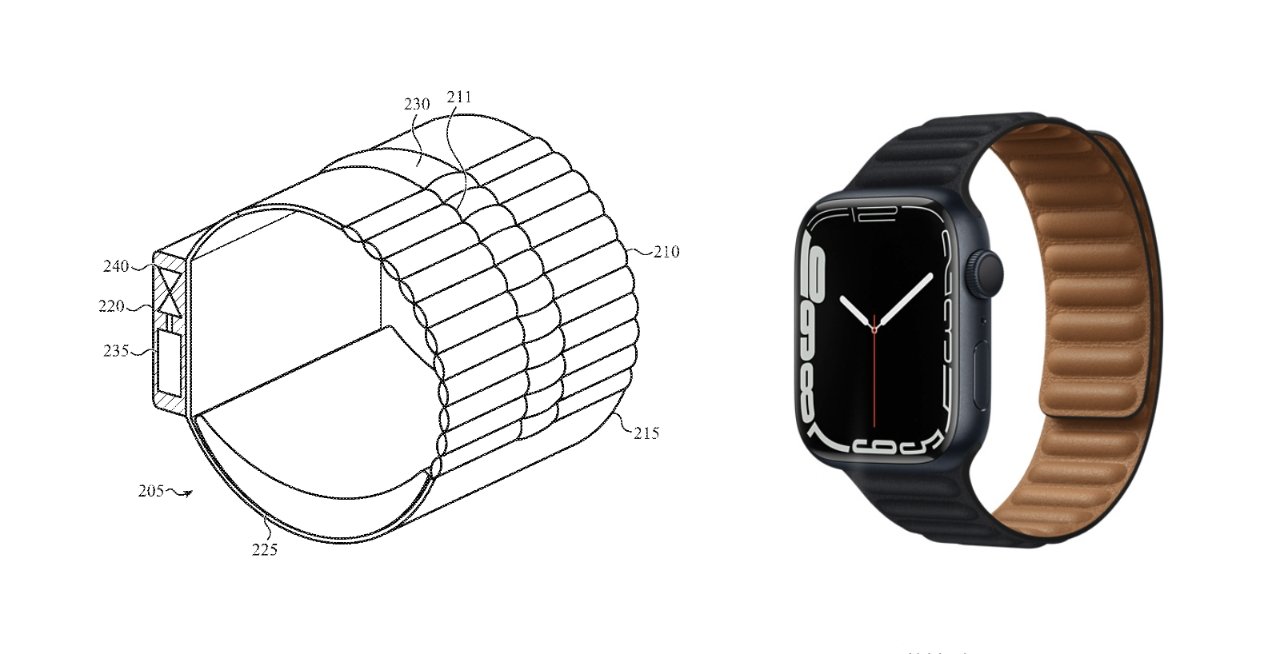The next Apple Watch could measure your blood pressure — here's how
A stretchable strap could measure blood pressure from the wrist, patent suggests.

It’s no secret that Apple is extremely interested in the health applications of its technology. The Apple Watch has been capable of giving electrocardiograms and detecting irregular heart rhythms since the Apple Watch Series 4, and more health checks are supposedly on the way in the Apple Watch 8.
Now a new patent, uncovered by AppleInsider, shows how a future Apple Watch could measure blood pressure, without needing to attach one of those inflating cuffs.
- Apple Watch 7 vs. Apple Watch SE: Which should you buy?
- Best smartwatch: Top picks for every budget
- PLUS: Your iPhone can be tracked via Bluetooth
Although wrist-based wearables are never mentioned, the Apple Watch would seem the most sensible destination. The patent, entitled “Stretchable Blood Pressure Cuff”, explains how a stretchy band could secure an inflatable bladder against the body, “compressing one or more blood vessels in the limb and restricting and/or stopping blood flow through the vessels.” The resulting data could be “used to determine one or more physiological parameters of a user such as blood pressure of the user.”
It would work via “a bladder assembly configured to retain a fluid within an internal chamber.”
It sounds a bit uncomfortable, but then so is using a blood pressure measuring cuff at the best of times. The advantage here is that you wouldn’t need any extra equipment, and as the patent explains “in some cases, it might be desirable to wear the monitoring device for longer periods of time such that physiological measurements can be performed periodically or continuously.”
Notably, Apple wouldn’t be the first company to introduce blood pressure monitoring, but this is the first time that the apparatus would resemble that found in a doctor’s office. The Samsung Galaxy Watch 3 introduced a feature to measure this, but when I tested it, I was advised that I needed to recalibrate it with a regular blood pressure cuff once a month to ensure it maintained accuracy, which is invasive in its own way.
Wrist blood pressure monitors exist, but not everyone is convinced that they’re as accurate as an arm-based cuff. “To get an accurate reading when taking your blood pressure with a wrist monitor, your arm and wrist must be at heart level,” writes Sheldon G. Sheps, MD on the Mayo Clinic website, as spotted by an AppleInsider commenter. “Even then, blood pressure measurements taken at the wrist are usually higher and less accurate than those taken at your upper arm. That's because the wrist arteries are narrower and not as deep under your skin as those of the upper arm.”
Get instant access to breaking news, the hottest reviews, great deals and helpful tips.
There’s also the question of how Apple can build a strap that’s simultaneously stretchy enough to compensate for a blood pressure bladder and look inconspicuous, which could make or break the feature. But, as AppleInsider noted, the patent details don’t look a million miles away from the Apple Watch 7 on a Leather Link band:

A patent is just a patent, and there’s no guarantee this will ever be produced in a commercial product. But it’s an interesting insight into Apple’s possible solutions in making the Apple Watch a surrogate physician on your wrist, nonetheless.
More from Tom's Guide
- Best cheap smartwatches: Our top picks
- The best early Black Friday deals right now
Freelance contributor Alan has been writing about tech for over a decade, covering phones, drones and everything in between. Previously Deputy Editor of tech site Alphr, his words are found all over the web and in the occasional magazine too. When not weighing up the pros and cons of the latest smartwatch, you'll probably find him tackling his ever-growing games backlog. He also handles all the Wordle coverage on Tom's Guide and has been playing the addictive NYT game for the last several years in an effort to keep his streak forever intact.

